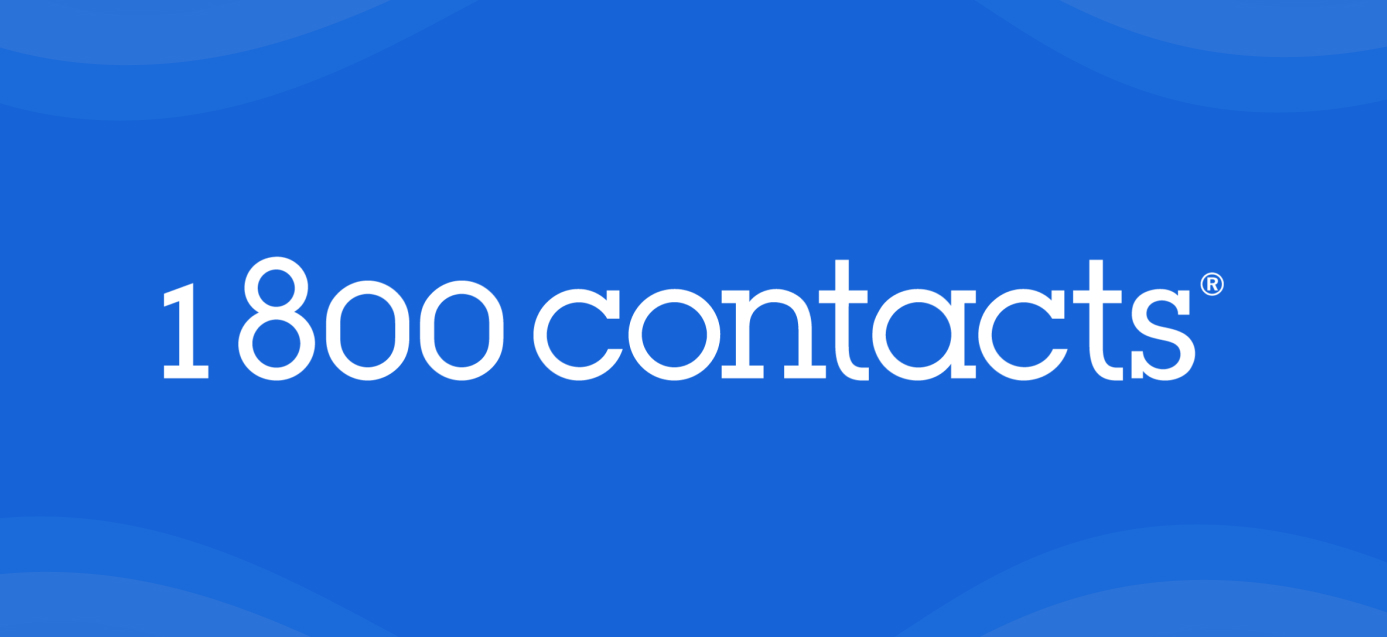
Phase 1: Working Session
Tip: Prepare Thoroughly for the Working Session
Ensure you review all client materials and calibration content briefs in advance to lead a productive and focused session.
Schedule and Prepare for the Working Session:
- Schedule a working session with key stakeholders (client, content production manager, client’s editor or content reviewer).
- Send a detailed agenda for the working session, including key topics and goals.
- Request and review the calibration content briefs (if applicable).
- Review any existing client materials.
- Prepare the working session deck.
During the Working Session:
- Align on project scope and agreement terms.
- Establish content goals and objectives.
- Define the target audience and brand voice.
- Outline the desired content structure and style.
- Plan production logistics and timelines, including milestones and deliverables.
- Advise on best practices for content creation, SEO, and quality control.
- Schedule the calibration feedback call.
Post-Working Session:
- Create a working session summary document and share it with all stakeholders.
- Request approval or corrections to the working session summary from the client.
Phase 2: Preparation
Best Practice: Double-Check the Project Brief
Compare the project brief to the working session summary to ensure no key details are missed.
Develop the Project Brief:
- Create a comprehensive project brief that includes content goals, target audience, brand voice, content structure, style guidelines, SEO requirements, and other writer-facing content details.
- Compare the project brief to the working summary to ensure all overarching content guidelines are covered.
- Request a review of the project brief by a writer or an editor to identify gaps or opportunities for clarification.
Create a Content Brief Template (if your team is creating the briefs):
- Develop a content brief template that includes the appropriate components and aligns with the project brief.
- Include specific instructions for tone, keywords, linking, audience segment, outline, and any other relevant details.
- Request a review of the content brief template by a writer or an editor to identify gaps or opportunities for clarification.
- Review the template with the person creating the content briefs to ensure understanding of expectations.
Pro Tip: Use the Content Calendar to Stay on Track
A well-maintained content calendar ensures everyone stays aligned with deadlines and project progress.
Set Up the Content Calendar:
- Establish a content calendar with deadlines for each phase of content production.
- Include columns for data points or information needed by the content brief creator.
- Include a status field to keep all parties up to date on progress.
- Ensure the calendar is shared with all team members and the client.
- Instruct the client on their role in the content calendar.
Build Tailored Workflows:
- Create customized workflows for the project, detailing each step from content creation to delivery.
- Define and communicate roles and responsibilities within the workflows, ensuring clarity for all team members.
- Document and share the process, expectations, and timelines for each step in the workflow.
Phase 3: Team Building
Note: Start Small, Then Scale
Begin with a small, focused team to iron out any issues before expanding to full-scale production.
Assemble the Writing Team:
- Choose writers and editors ideally suited to the project’s subject, style, and structure.
- Identify which writers and editors will participate in calibration.
- Provide calibration writers and editors with the project resources.
- Communicate assignment day and completion deadline for calibration.
- Communicate project timeline to non-calibration team, but don’t share the briefs until after calibration concludes (due to likelihood of updates).
Phase 4: Calibration
Focus: Use Calibration to Perfect the Process
Calibration helps refine the content and processes before full-scale production, so take the time to get it right.
Assign and Produce Initial Content:
- Begin the trial run with a small batch of content to test project resources.
- Assign content orders to the calibration writers and editors.
- Instruct the writers and editors to follow the project and content brief explicitly.
Review the Content:
- Review the completed content to gauge the writer and editor’s understanding against your vision of the deliverable.
- Identify any areas for improvement and make a note to update the resources (don’t update yet).
- Adjust the content to match your vision.
Deliver the Content:
- Submit the content to the client for review.
- Send a calibration feedback questionnaire to the client and request that it be returned at least 24 hours prior to the calibration feedback call.
Important: Schedule a Calibration Feedback Call
This call is crucial for aligning with the client on content quality and ensuring the final product meets expectations.
Conduct the Calibration Feedback Call:
- Conduct a face-to-face feedback call with the client.
- Discuss both positive and critical feedback to identify strengths and weaknesses in the content and processes.
- Assess your understanding of the client’s vision of the final content against their feedback on the deliverables.
- Determine whether additional calibration is needed.
- If moving into ramp-up or full production, review cadence and submission decisions determined during the working session.
Refine the Resources:
- Make necessary adjustments to the project brief, content brief template, and workflow based on client feedback.
- Communicate resource updates resulting from the feedback call to the writers and editors who created the content.
- Share resources with the non-calibration writers and editors to prepare them for production.
